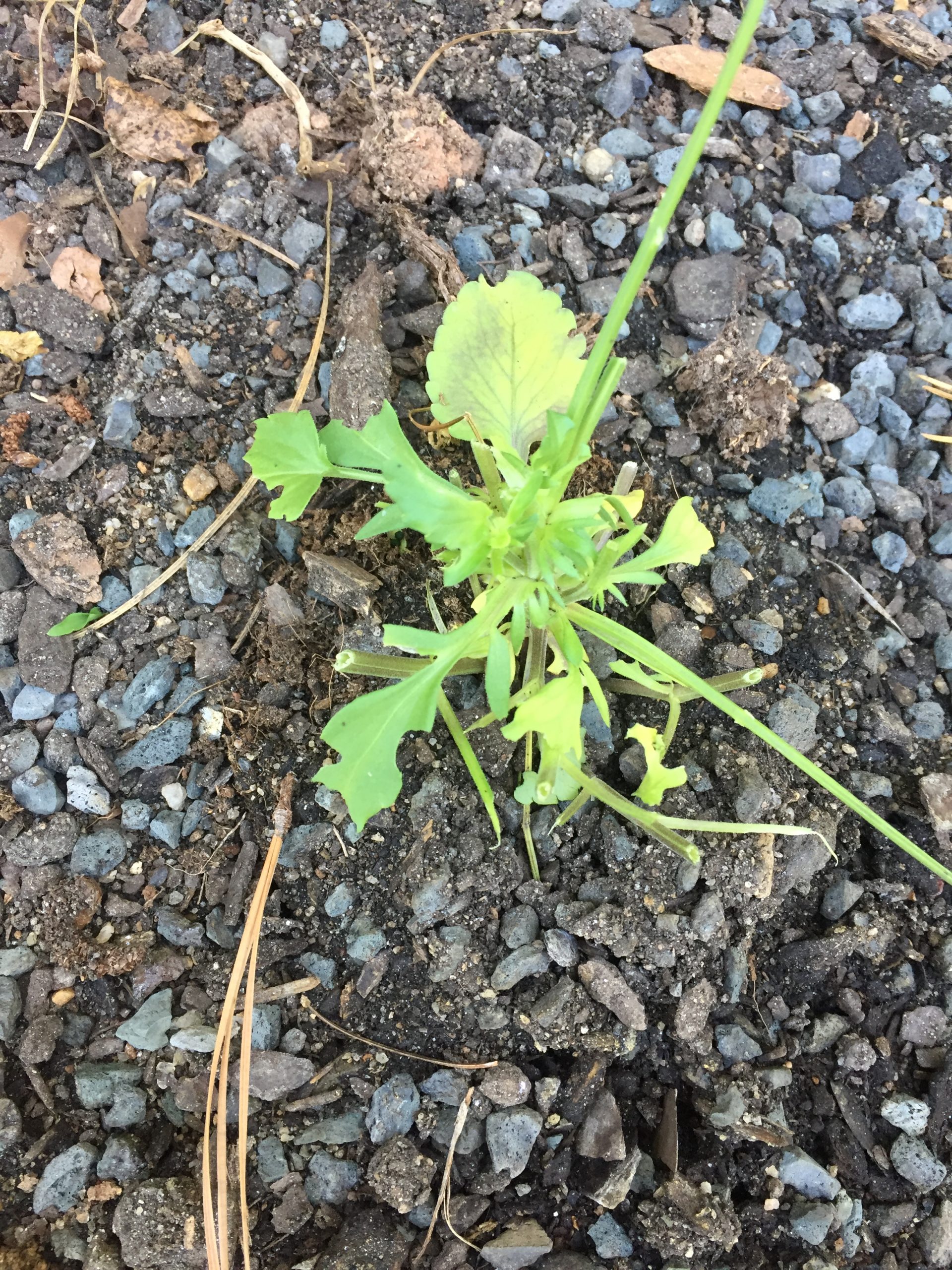Pansy – Caterpillar Damage

A skill that gardeners could practice more often is observational horticulture. Sometimes you learn more from just looking around than you do from a book. Last week I noticed that my early-planted pansies were severely chewed-upon. Initially, I suspected chipmunk or rabbit damage – but when I looked at the leaves with a pocket magnifying glass, I found hundreds of caterpillar pellets stuck to what was left of the pansy stems and leaves. It was worms, not rabbits, that had caused all of the damage!
Dr. Paul Thomas, Extension Horticulturist, has fielded dozens of calls regarding caterpillar damage to pansies. Since this has been a bad year for worms in general (armyworms, oak caterpillars, loopers) this might be a good time for you to look at the pansies that you recently installed. What you see might scare you!
FOLIAGE-EATING CATERPILLARS are very common at this time of year. The caterpillars could be the larvae of either butterflies or moths but Dr. Will Hudson, Extension entomologist, guesses that moth caterpillars are the culprits in Atlanta. Plenty of adult moths are present and newly installed pansies, ornamental cabbage and chrysanthemums make excellent food for their offspring. Remembering that caterpillars are basically just a “stomach with legs”, it is obvious that lots of the hungry critters chomping on your flower beds could do serious damage in a short time. Look for the classic caterpillar signs: leaves nibbled around the edges or completely consumed, back to the middle of the leaf. What was a nice plant a week ago might be just a few green stems now.
CUTWORMS cut plant stems at ground level. The caterpillar is the offspring of a night-flying moth, who laid her eggs at the base of the pansy plant. Eggs hatch into larvae in seven days. They feed for about one month before pupating. Cutworm caterpillars hide in the soil during the day, so they are very hard to detect until they have grown to one inch in length. By that time it is possible that substantial damage has been done to the stem but has gone undetected. You may not realize you have a cutworm problem until you see young pansies broken at the soil line. Investigation with a small stick usually reveals a greasy gray cutworm next to the stem. Cutworm eggs might not be on all plants so the damage you see will be sporadic – a few here, a few over there – – and usually the entire bed is not affected. It is possible that cutworms can be so small on the bedding plants you purchase that damaged plants won’t appear until after the plants are installed in your landscape.
TREATMENT: Both caterpillars can be controlled with carbaryl (click for sources). Other insecticides also kill caterpillars but have the potential to cause leaf burn on tender pansy leaves. The organic pesticide Bt (click for sources) will control foliage-eating caterpillars but it must be applied every few days. If you seem to only have foliage-eating caterpillars, an over-the-top spray will control them. If you suspect cutworms, be sure to spray each plant thoroughly until the diluted insecticide runs off the plant and into the soil.


caterpillar droppings




















